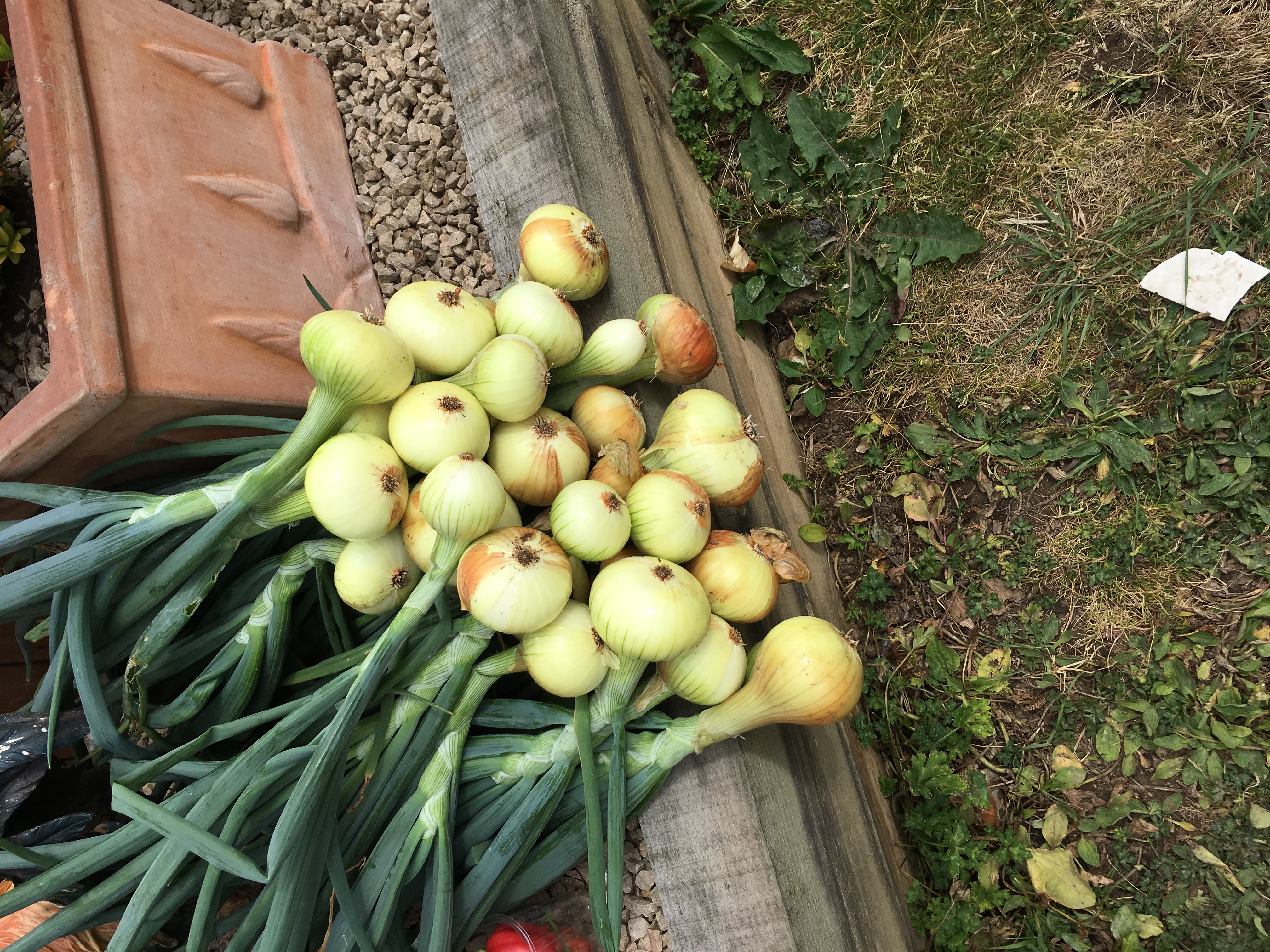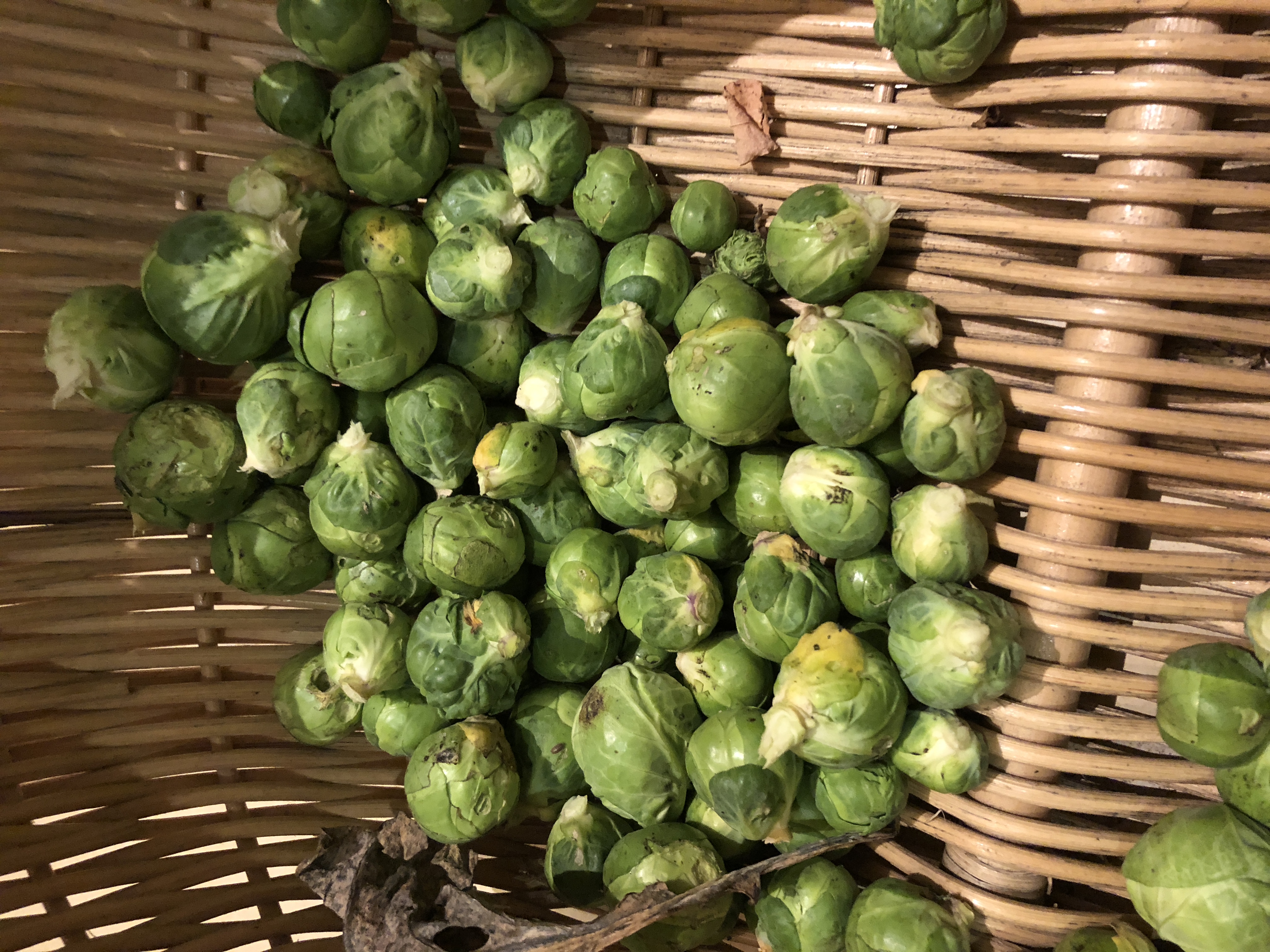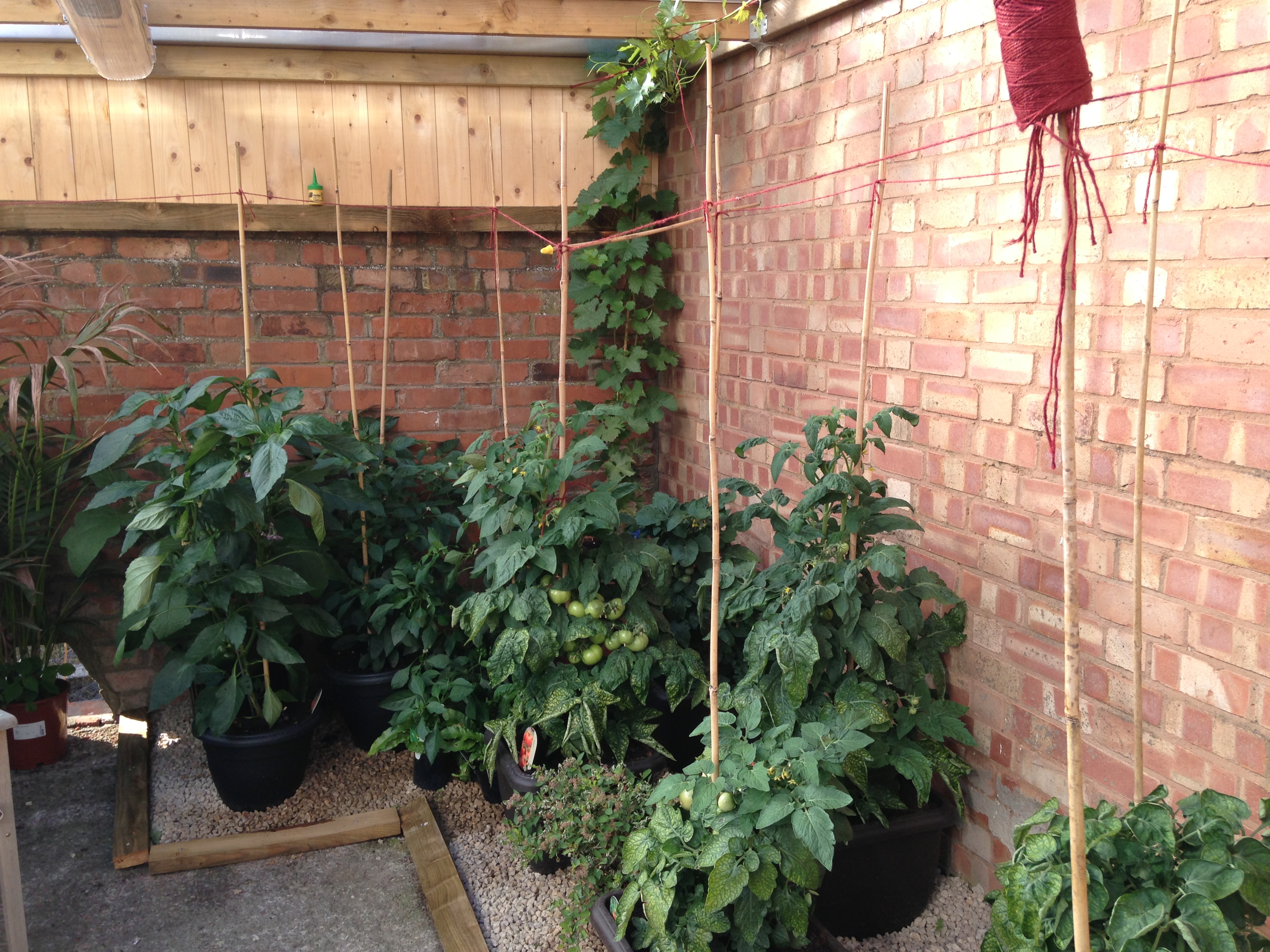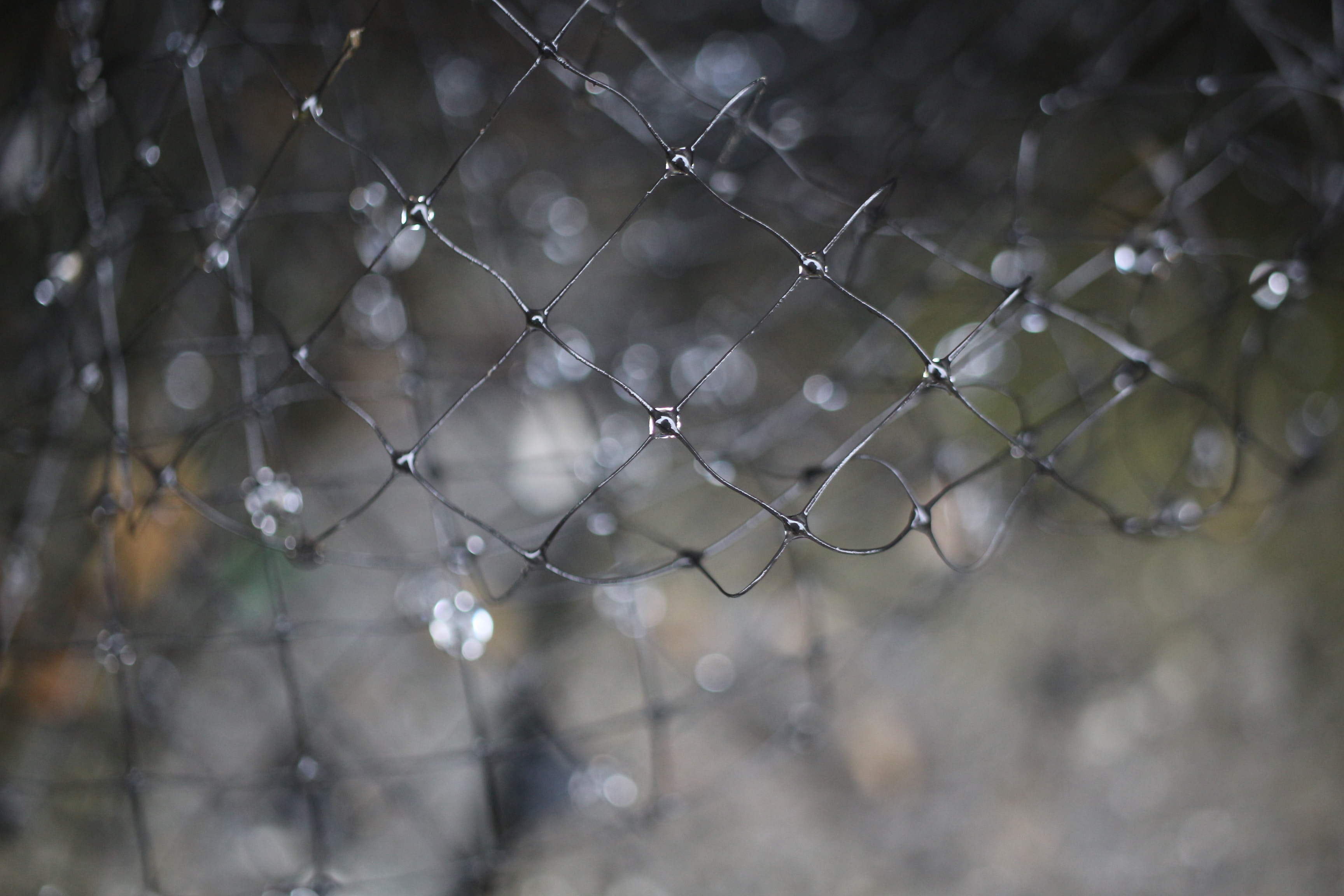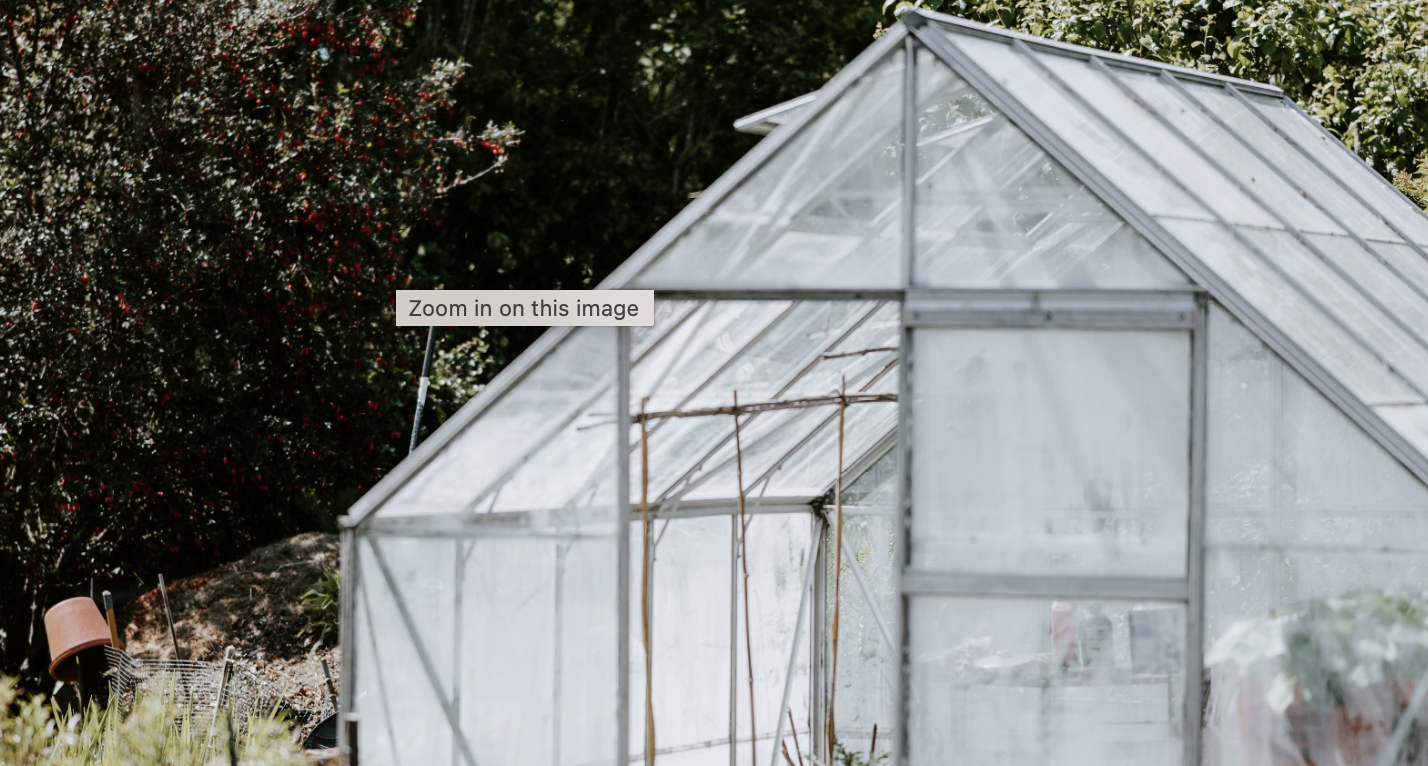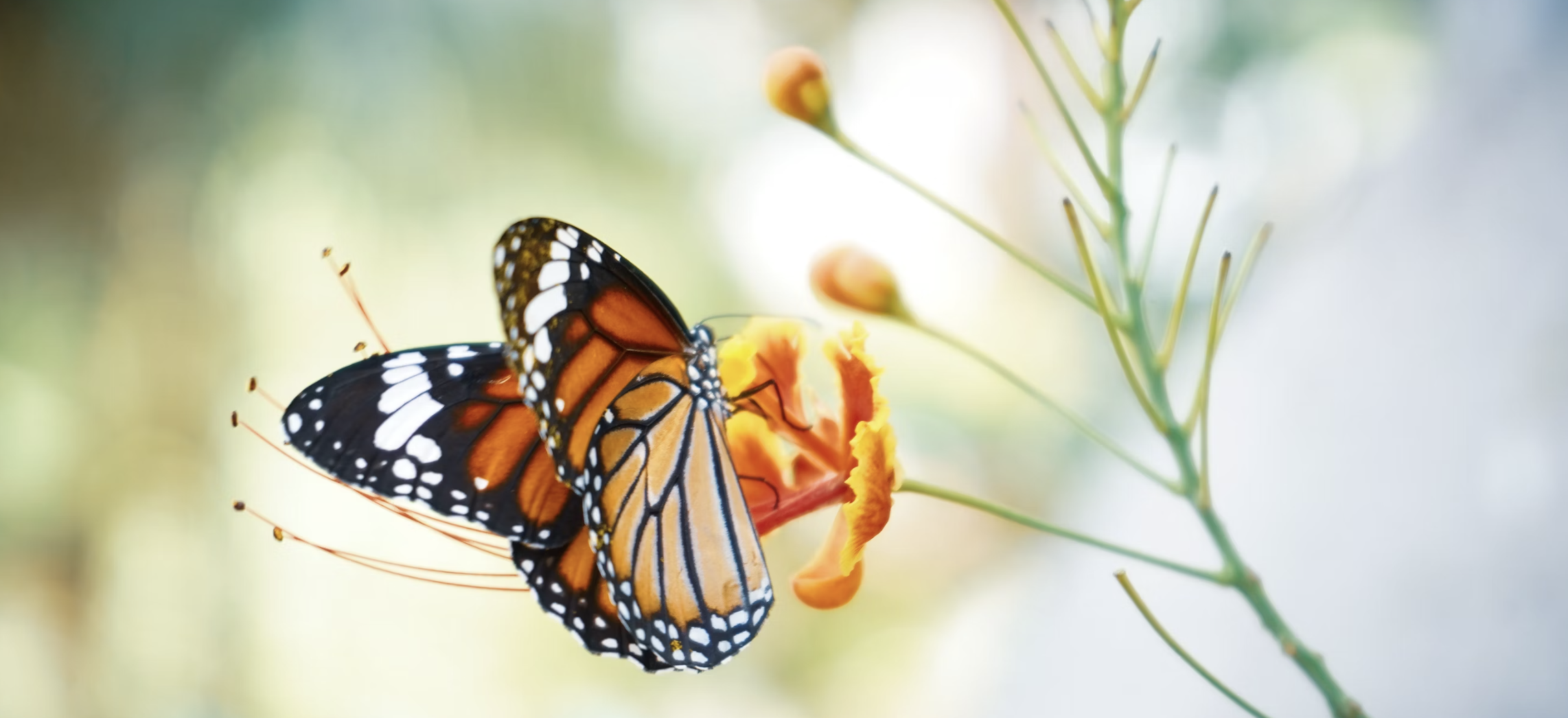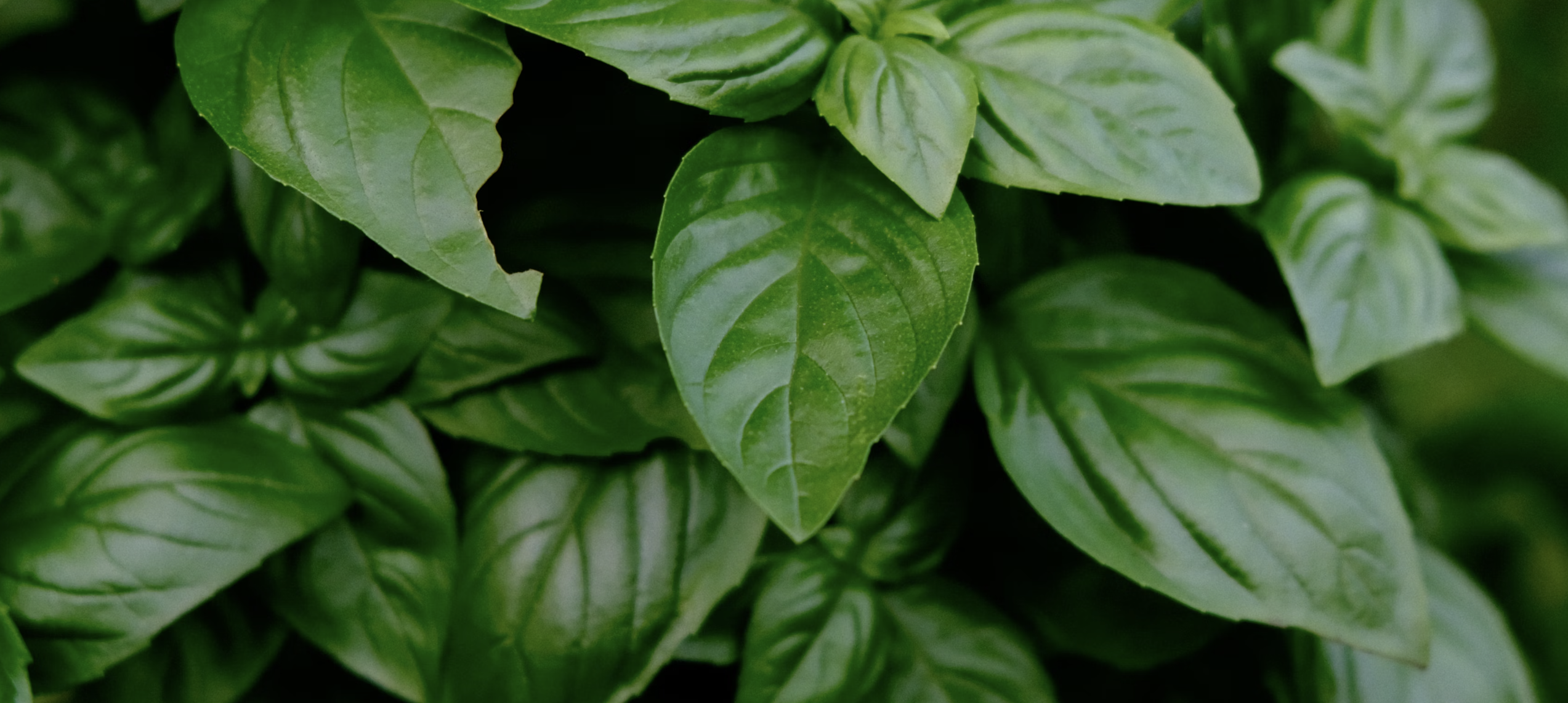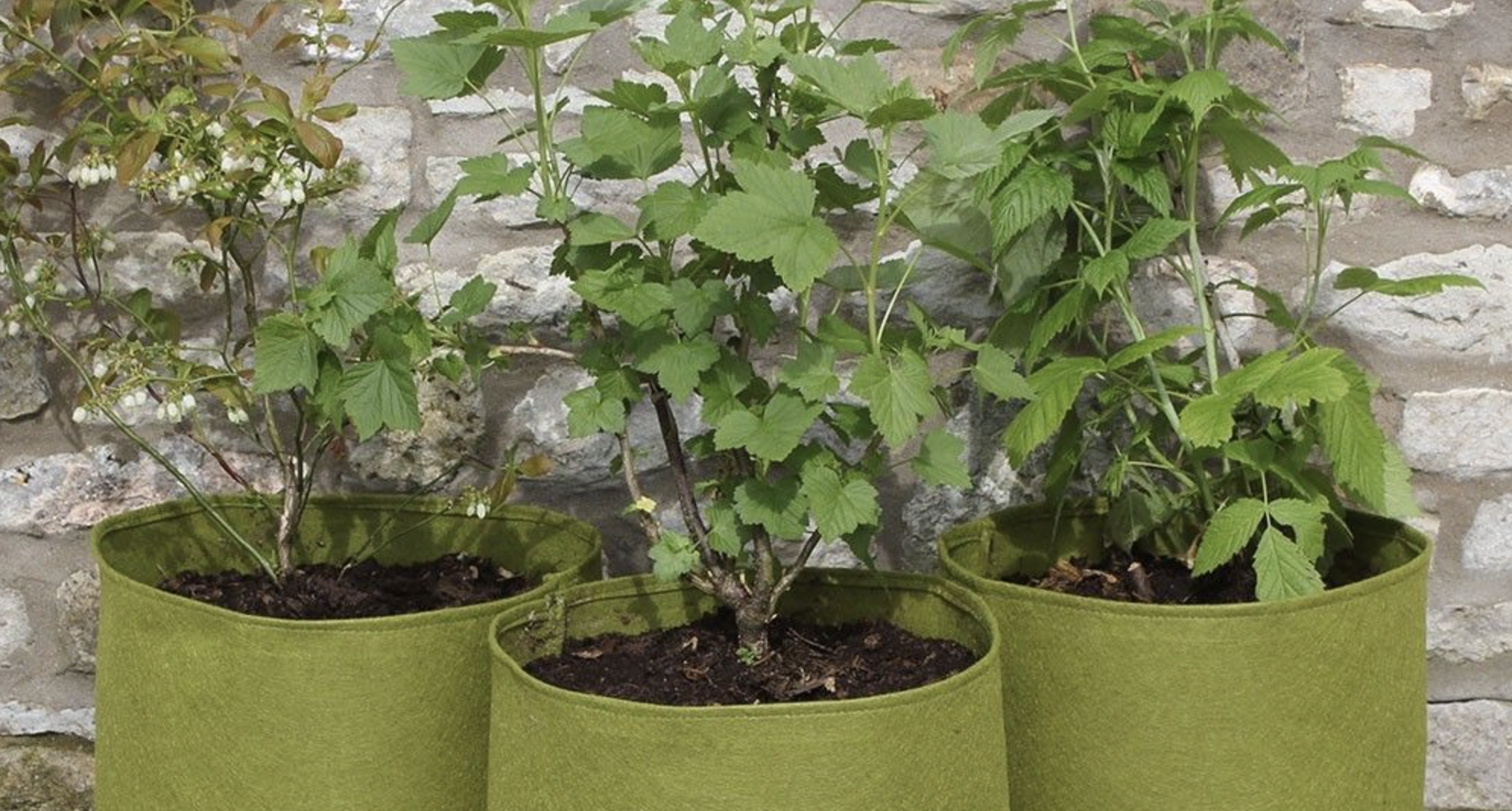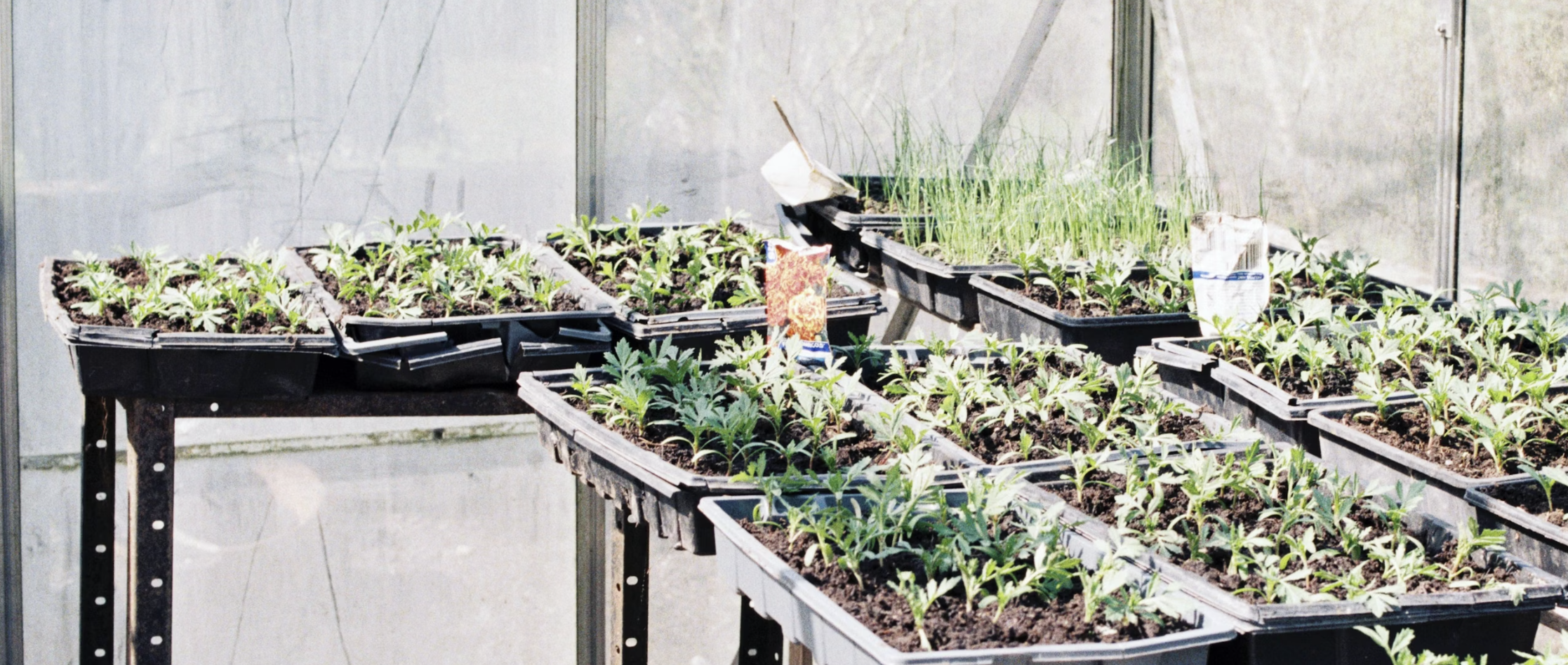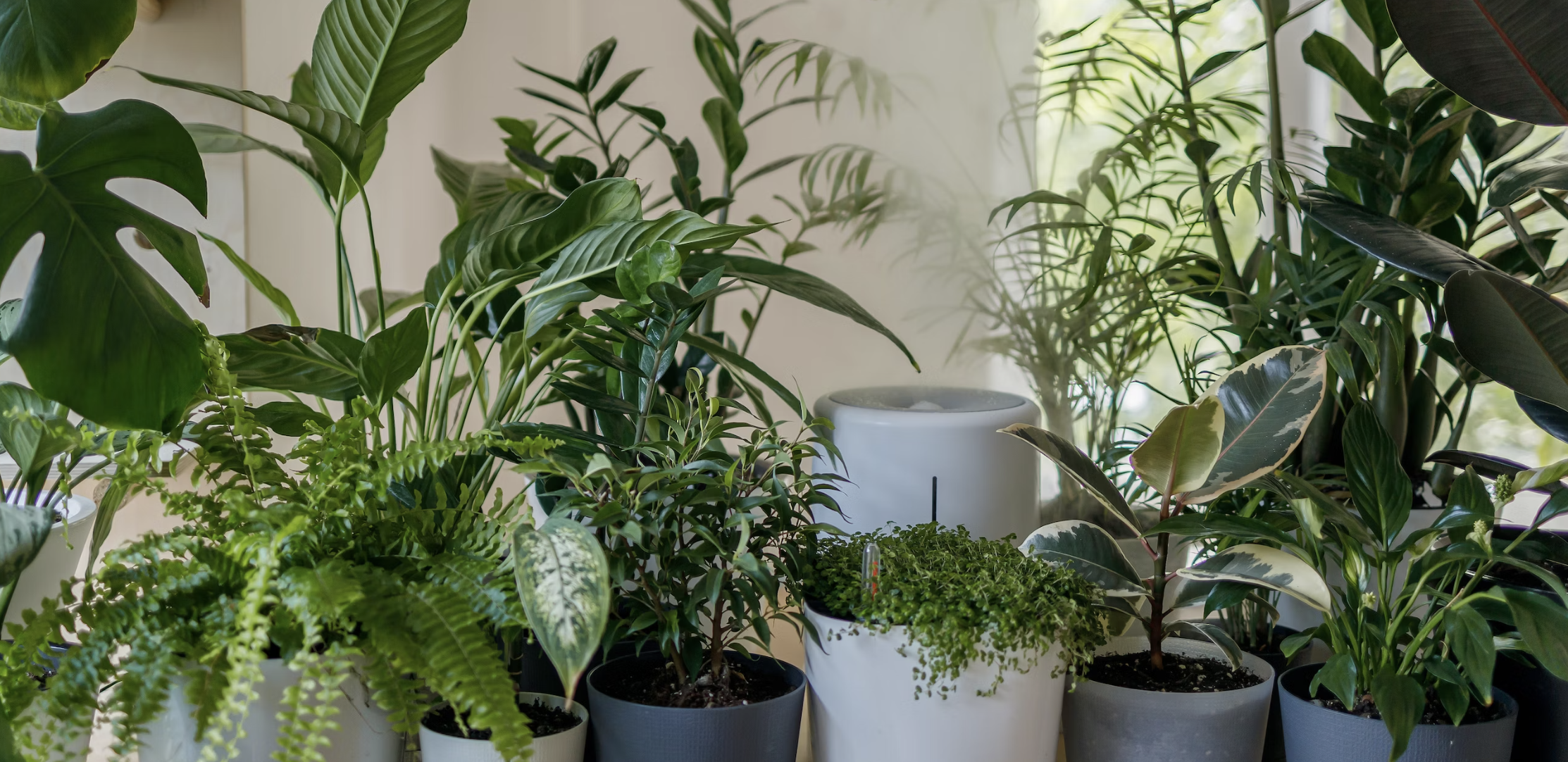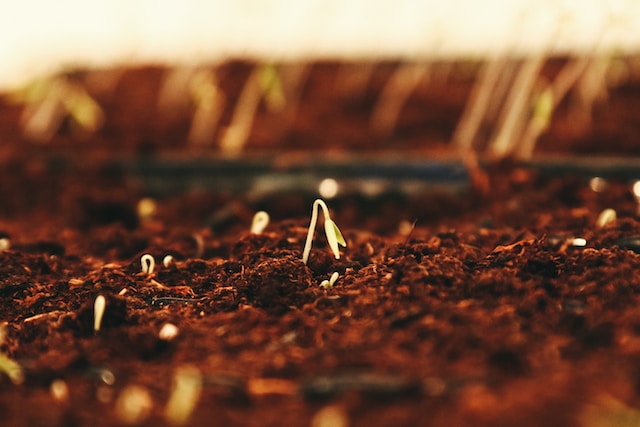
Are you ready to embark on a journey of gardening success and flavor-packed harvests? Look no further! In this ultimate guide, we will take you through the process of choosing and growing the best vegetable seeds for a bountiful and flavorful garden. Whether you're a seasoned gardener or a beginner with a green thumb, this comprehensive resource will provide you with the knowledge and tips you need to make your garden thrive.
With so many vegetable seed varieties available, it can be overwhelming to decide which ones to choose. Fear not! We will walk you through the factors to consider when selecting your seeds, including climate compatibility, garden space, taste preferences, and more.
But our guide doesn't stop there. We will also delve into the secrets of growing your seeds into healthy and productive plants, from germination to harvest. From providing the right soil conditions to mastering watering and fertilizing techniques, you'll learn how to give your seedlings the best start in life.
Get ready to savor the satisfaction of growing your own delicious vegetables. Let's dive in and unlock the secrets to a thriving garden!
The importance of choosing the right vegetable seeds
Selecting the right vegetable seeds is crucial for a successful garden. Not all seeds are created equal, and choosing the right ones can make a significant difference in the quality and quantity of your harvest. When it comes to selecting vegetable seeds, several factors should be considered.
Firstly, consider your climate. Different vegetables thrive in different climates, so it's essential to choose seeds that are suitable for your specific region. Take note of the average temperature, humidity levels, and frost dates in your area. This information will help you determine which vegetables are most likely to flourish in your garden.
Secondly, consider your garden space. Some vegetables require more room to grow than others. If you have limited space, opt for compact varieties or those that can be grown vertically, such as tomatoes or cucumbers. On the other hand, if you have ample space, you can experiment with larger vegetables like pumpkins or zucchinis.
Lastly, consider your taste preferences. After all, the ultimate goal of growing your own vegetables is to enjoy their superior flavor. Take into account the vegetables you and your family enjoy eating the most. By selecting seeds for your favorite vegetables, you'll ensure a bountiful harvest of produce that you truly love.
Factors to consider when selecting vegetable seeds
Now that you understand the importance of choosing the right seeds, let's explore some popular vegetable seeds for different climates. Whether you live in a hot and arid region or a cool and rainy one, there are vegetable seeds that will thrive in your specific climate.
For hot climates, where temperatures soar and water is scarce, consider planting vegetables that are drought-tolerant and heat-loving. Some excellent choices include tomatoes, peppers, okra, and eggplants. These vegetables have adapted to thrive in hot conditions and will continue to produce even in the scorching summer months.
If you live in a cooler climate with shorter growing seasons, opt for vegetables that can withstand chilly temperatures and mature quickly. Leafy greens like spinach, lettuce, and kale are great choices, as well as root vegetables like carrots, beets, and radishes. These vegetables can tolerate colder temperatures and can be harvested early in the season.
For regions with a more moderate climate, a wide variety of vegetables can be grown successfully. Consider popular favorites like tomatoes, cucumbers, beans, and zucchinis. These versatile vegetables can adapt to different climates and are known for their high yields and delicious flavors.
Popular vegetable seeds for different climates
Starting your vegetable seeds indoors is a great way to get a head start on the growing season. It allows you to extend the growing period and gives your plants a better chance of survival. Here are some tips to help you successfully start your vegetable seeds indoors.
Firstly, choose the right containers. Use seed trays, peat pots, or cell packs that provide adequate drainage. Avoid using containers that are too large, as they can hold excess moisture and lead to root rot.
Next, prepare a good seed starting mix. A mixture of peat moss, vermiculite, and perlite is an excellent choice, as it provides good aeration and water retention. Fill your containers with the seed starting mix, leaving about half an inch of space at the top.
Moisten the seed starting mix before sowing the seeds. Water the mix thoroughly and allow it to drain before planting. This will ensure that the seeds have the moisture they need to germinate.
Now it's time to sow your seeds. Follow the instructions on the seed packet for proper spacing and planting depth. Some seeds need to be covered with a thin layer of soil, while others should be left uncovered. Gently press the seeds into the soil and water lightly.
To promote germination, provide the right conditions for your seeds. Place the containers in a warm location, ideally between 70-80°F (21-27°C). You can use a seedling heat mat or place the containers on top of a warm surface, like a refrigerator or water heater.
Keep the soil consistently moist but not waterlogged. Use a spray bottle or a gentle watering can to water the seedlings, as a heavy stream of water can dislodge the seeds or seedlings. Cover the containers with plastic wrap or a humidity dome to retain moisture and create a greenhouse-like environment.
Once the seeds have germinated, remove the plastic wrap or humidity dome and place the containers under grow lights or in a sunny window. Rotate the containers regularly to ensure even growth and prevent the seedlings from leaning towards the light.
Tips for starting vegetable seeds indoors
After starting your vegetable seeds indoors, it's time to transplant them into the garden. Properly sowing your seeds in the garden will give them the best chance of thriving and producing a bountiful harvest. Here's how to do it.
Firstly, prepare the soil. Remove any weeds or debris and loosen the soil with a garden fork or tiller. Break up any large clumps and remove any rocks or roots. Add compost or organic matter to improve the soil's fertility and texture.
Next, create furrows or rows in the soil for planting. The depth and spacing will vary depending on the vegetable you're planting, so refer to the seed packet for specific instructions. As a general rule, plant the seeds at a depth that is two to three times their diameter.
Place the seeds in the furrows, keeping the recommended spacing in mind. If the seeds are small, it can be helpful to mix them with sand or vermiculite to ensure even distribution. Gently cover the seeds with soil and press it down lightly to ensure good seed-to-soil contact.
Water the newly planted seeds thoroughly. Use a gentle stream of water or a watering can with a fine rose attachment to avoid displacing the seeds. Keep the soil consistently moist during the germination period, as dry soil can prevent the seeds from sprouting.
As the seedlings emerge, thin them out if necessary. Overcrowding can lead to competition for nutrients and stunted growth. For larger vegetables, leave the strongest and healthiest-looking seedling in each spacing, and remove the weaker ones. For smaller vegetables, you may need to thin them even further to achieve the recommended spacing.
How to properly sow vegetable seeds in the garden
Once your vegetable seedlings are in the garden, they need proper care to ensure healthy growth and development. Here are some essential tips for caring for your seedlings and promoting optimal growth.
Firstly, provide adequate water. Seedlings need consistent moisture to establish strong roots and grow healthy foliage. Water deeply and thoroughly, allowing the soil to dry slightly between waterings. Mulching around the plants can help retain moisture and prevent weeds.
Fertilize your seedlings regularly to provide them with the nutrients they need. Start with a balanced organic fertilizer or compost when transplanting, and then follow up with additional applications throughout the growing season. Be sure to follow the recommended dosage and application instructions for the specific fertilizer you're using.
Protect your seedlings from pests and diseases. Inspect your plants regularly for signs of damage or infestation, and take appropriate action if necessary. Use organic pest control methods whenever possible, such as handpicking pests or using insecticidal soaps. Companion planting and crop rotation can also help deter pests and reduce the risk of diseases.
Support your growing plants as needed. Some vegetables, like tomatoes and cucumbers, benefit from staking or trellising. This helps keep the plants upright, allows for better airflow, and prevents fruits from touching the ground. Use bamboo stakes, trellis netting, or cages to support your plants as they grow.
Monitor the soil moisture and adjust watering as needed. Too much water can lead to root rot, while too little can cause stunted growth and wilting. Stick your finger into the soil up to the second knuckle to check for moisture. If it feels dry at that depth, it's time to water.
Regularly inspect your plants for signs of nutrient deficiencies. Yellowing leaves, stunted growth, and poor fruit development can indicate a lack of essential nutrients. Adjust your fertilization routine accordingly, and consider supplementing with organic amendments like fish emulsion or bone meal.
Caring for vegetable seedlings and promoting healthy growth
The moment you've been waiting for has finally arrived – it's time to harvest your homegrown vegetables! Proper harvesting and storage techniques will ensure that you enjoy the full flavor and freshness of your harvest. Here's how to do it.
For leafy greens like lettuce and spinach, harvest the outer leaves first. This will allow the center leaves to continue growing and provide you with a continuous harvest throughout the season. Use a sharp knife or scissors to cut the leaves close to the base of the plant.
For root vegetables like carrots and beets, gently loosen the soil around the base of the plant and pull the vegetables out by their tops. Avoid yanking or twisting the vegetables, as this can damage them. Remove the tops, leaving about an inch of stem, and wash the vegetables thoroughly before storing.
For vine vegetables like tomatoes and cucumbers, harvest when the fruits are fully ripe but still firm. Use a sharp pair of pruning shears or scissors to cut the fruits from the vine, leaving a small stem attached. Handle the fruits carefully to avoid bruising or damaging them.
After harvesting, it's important to store your vegetables properly to maximize their shelf life. Leafy greens can be stored in the refrigerator in a plastic bag or container with a damp paper towel. Root vegetables can be stored in a cool, dark place, such as a root cellar or a cool basement. Vine vegetables should be stored at room temperature away from direct sunlight.
Harvesting and storing vegetables from your seed-grown plants
Saving seeds from your harvest is a cost-effective way to grow vegetables year after year. It allows you to preserve the traits of your favorite varieties and ensures a consistent supply of high-quality seeds. Here's how to save seeds from your harvest.
Firstly, select healthy and mature fruits for seed saving. Choose fruits that are fully ripe and free from diseases or pests. Avoid saving seeds from hybrid varieties, as they may not produce true-to-type plants. Instead, focus on open-pollinated or heirloom varieties for the best results.
Next, remove the seeds from the fruits and clean them thoroughly. For tomatoes and cucumbers, scoop out the seeds and pulp into a container. Add water and allow the mixture to ferment for a few days, stirring occasionally. This fermentation process helps remove the gel-like coating around the seeds and prevents diseases.
After fermentation, rinse the seeds thoroughly in a fine-mesh sieve or colander. Remove any remaining pulp or debris and spread the seeds out on a paper towel or a screen to dry. Place them in a warm, well-ventilated area and allow them to dry completely. This may take several days to a week, depending on the humidity levels.
Once the seeds are dry, store them in a cool, dry place. Use envelopes, glass jars, or small airtight containers to keep them safe from moisture and pests. Label each container with the seed name and the date of harvest to ensure proper identification.
How to save seeds from your harvest for future planting
Growing vegetables from seeds can sometimes be challenging, and seedlings may encounter various issues along the way. Understanding common problems and their solutions will help you troubleshoot and overcome any obstacles. Here are some common issues and how to address them.
If your seedlings are leggy or tall and weak, it's a sign that they're not receiving enough light. Move them to a brighter location or provide supplemental artificial lighting. Adjust the light source to keep it a few inches above the plants, raising it as the seedlings grow.
Yellowing leaves can indicate nutrient deficiencies or overwatering. Check the soil moisture and adjust your watering routine accordingly. If the issue persists, consider fertilizing with a balanced organic fertilizer or using a foliar spray to provide quick nutrient absorption.
Damping-off is a fungal disease that affects seedlings, causing them to wilt and die. To prevent damping-off, ensure good air circulation around your seedlings and avoid overwatering. Water from the base of the plants rather than overhead, and use a sterile seed starting mix to reduce the risk of fungal infections.
Pests like aphids, caterpillars, and slugs can damage your seedlings and hinder their growth. Monitor your plants regularly and take action at the first sign of infestation. Use organic pest control methods, such as handpicking pests, applying insecticidal soaps, or introducing beneficial insects like ladybugs or lacewings.
Troubleshooting common issues with vegetable seedlings
Congratulations on successfully growing your own delicious vegetables! Now it's time to savor the fruits of your labor and enjoy the flavors of your homegrown harvest. Here are some tips for cooking and preserving your vegetables.
When it comes to cooking your homegrown vegetables, keep it simple. Let the natural flavors shine by lightly sautéing or steaming them, or enjoy them raw in salads or as crunchy snacks. Experiment with different herbs and spices to enhance the flavors without overpowering them.
Preserving your homegrown vegetables allows you to enjoy them long after the growing season has ended. Consider canning, pickling, or freezing your produce to extend its shelf life. Follow proper preservation techniques to ensure safety and maintain the quality of your vegetables.
Remember to save some seeds from your harvest for future planting. This will allow you to continue the cycle of growing your own vegetables and provide you with a sustainable source of seeds. Share your seeds with friends and family to spread the joy of homegrown gardening.
As you continue on your gardening journey, don't be afraid to experiment and try new vegetable varieties. Each growing season brings new opportunities for learning and discovery. With the knowledge and tips from this guide, you'll be well-equipped to choose and grow the best vegetable seeds for a bountiful and flavorful harvest year after year.
Happy gardening and enjoy the abundance of fresh, homegrown




